Last Chance to Catch NYC's Holiday Notalgia Train
We met the voices of the NYC subway on our nostalgia ride this weekend!

Explore the current state of buildings that were once part of the Kings Park Veterans Memorial Hospital and see photos from it heyday!

Kings Park Psychiatric Center opened in 1885 on Long Island as a farm colony branch of the Kings County Lunatic Asylum in Flatbush, Brooklyn. It grew rapidly over the next 111 years, treating nearly 10,000 patients at its peak operation in 1954. In the 1920s, Kings Park added a Veterans Memorial Hospital Unit (VMHU), the first state-operated mental health facility dedicated solely to the treatment of United States veterans. This addition is generally noted as one of the most significant events in the history of the state hospital system. Here, we take a look inside and discover what the remaining buildings look like now.
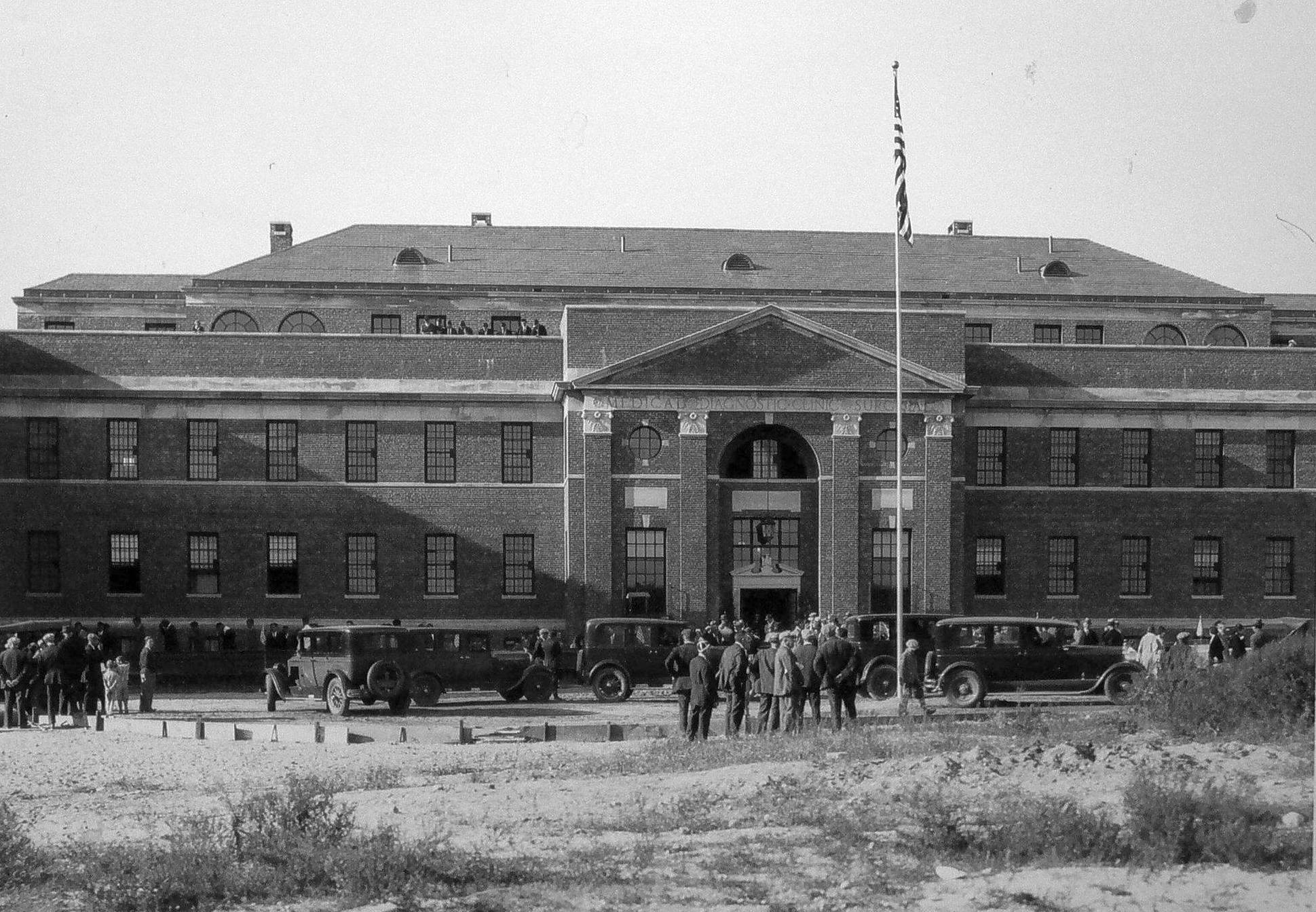

As Kings Park saw rapid expansion following World War I, treatment for veterans suffering from mental illness was so inadequate that in 1922 New York State Governor Alfred E. Smith urged the legislature to build a separate facility – a new Veterans Memorial Hospital Unit (VMHU) – specializing in treating what we now know as PTSD. The term ‘memorial hospital’ was given by the State in the belief that all veterans would eventually be released or pass away and the building would remain in use for general patients as a lasting honor to vets.
Following Smith’s recommendation, $1.5 million was appropriated for the construction of a new Veterans Memorial Hospital with space for 900 patient beds in connection with Kings Park State Hospital (Kings Park Psychiatric Center). Overseen by New York State architect Sullivan W. Jones, the project broke ground on July 4, 1923. There were 21 buildings including a state-of-the-art medical/surgical facility that offered treatment, recreational opportunities, and occupational therapy. Other buildings were used for continued treatment, administration, and housing for the hospital nurses, attendants, and rehabilitative personnel.
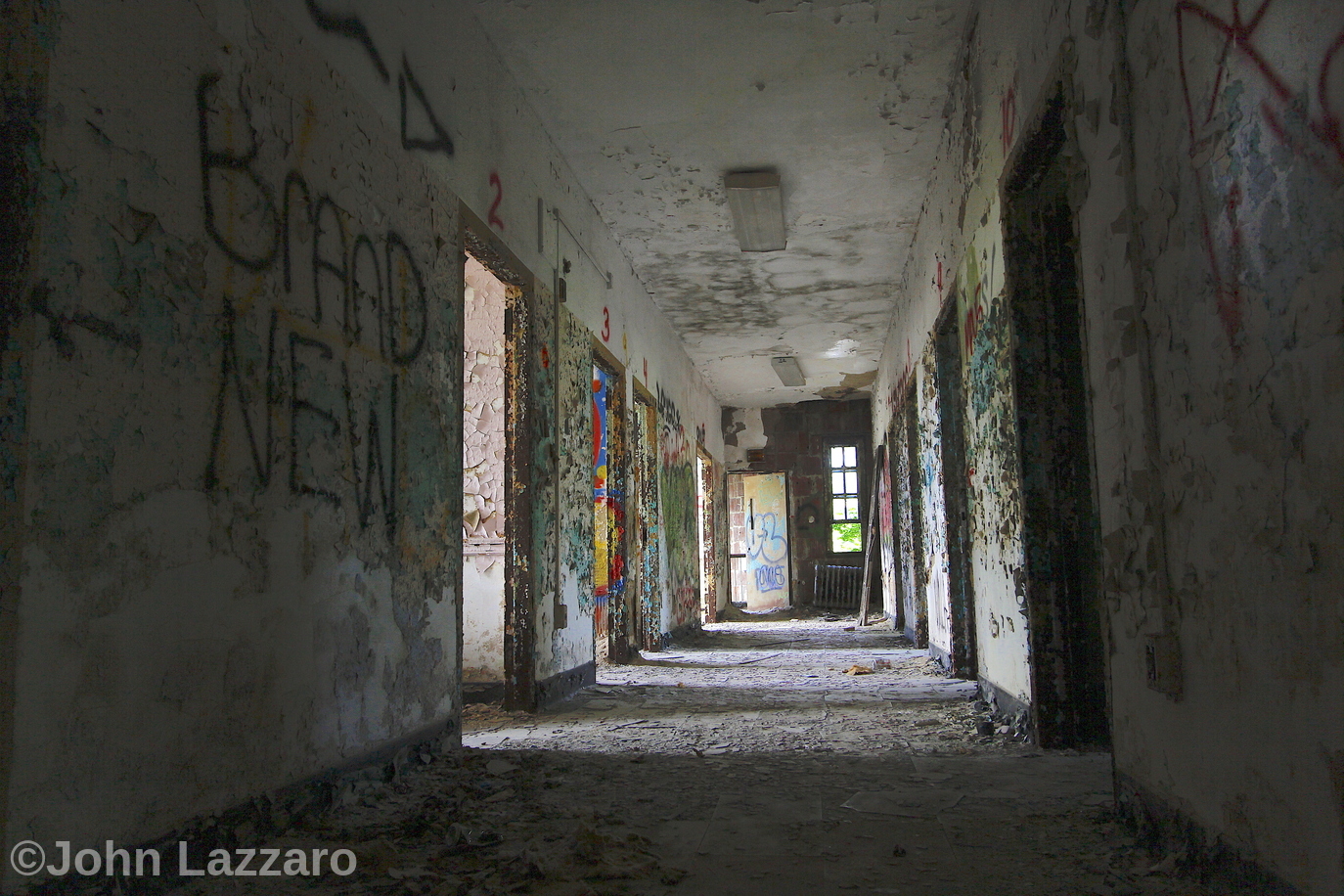
Of the 21 buildings of the Veterans Memorial Hospital Unit, the most notable are:

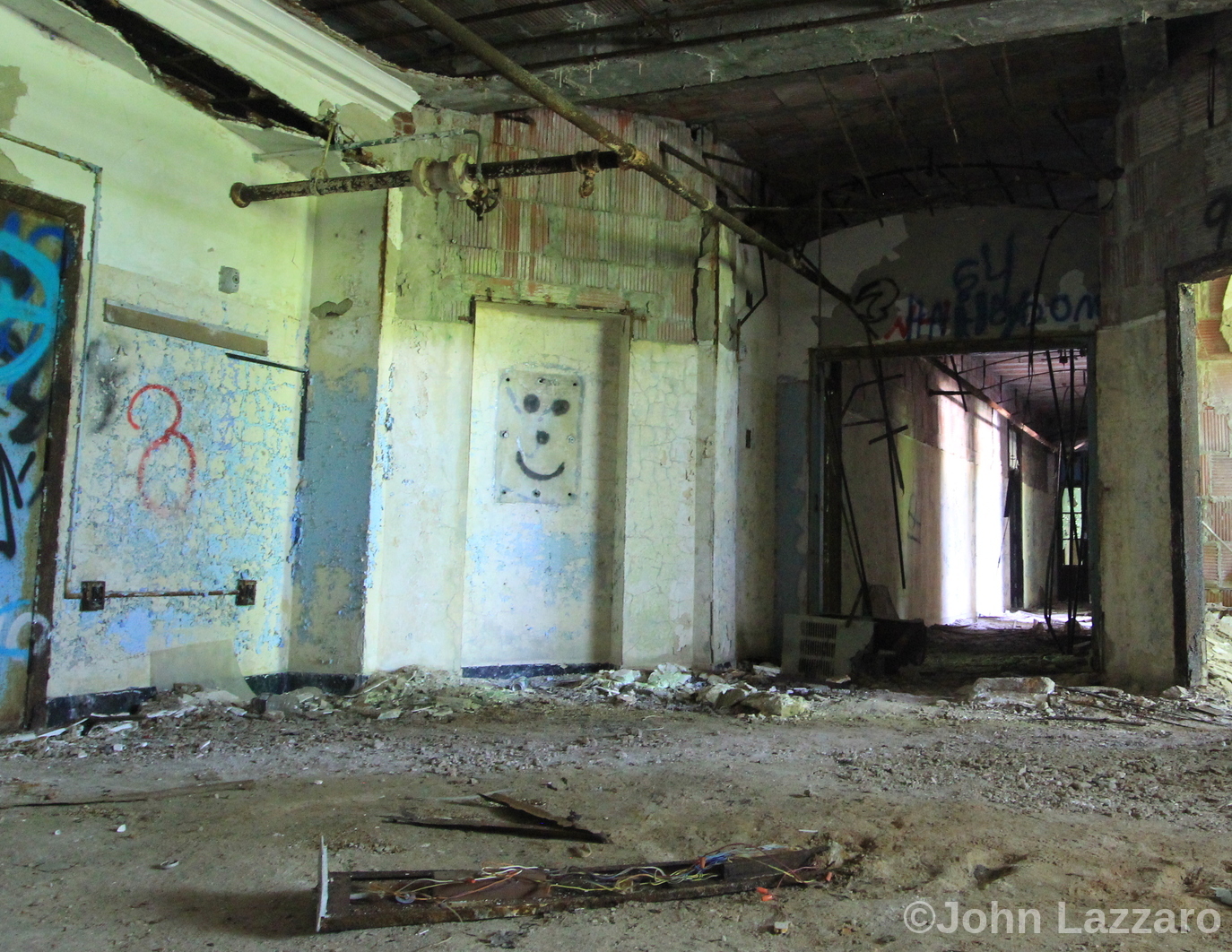
The opening ceremony for the VMU was held on September 24, 1927. New York State Governor Alfred E. Smith and many representatives from the military, state, and federal government were in attendance. Major General William Haskell of the New York State National Guard unveiled a memorial plaque at the opening.
One week following the opening of the VMU, 19 veterans were transferred from other wards at Kings Park to the Long Island Unit. In March of the following year, the VMU received 50 veterans from Manhattan State Hospital and then 100 in April from Central Islip State Hospital. By May 31, 1954, the patient population at the VMU was 1,480. Of the veterans at the hospital, one served in the Indian Wars, 23 in the Spanish-American War, 844 in World War I, and 612 in World War II.
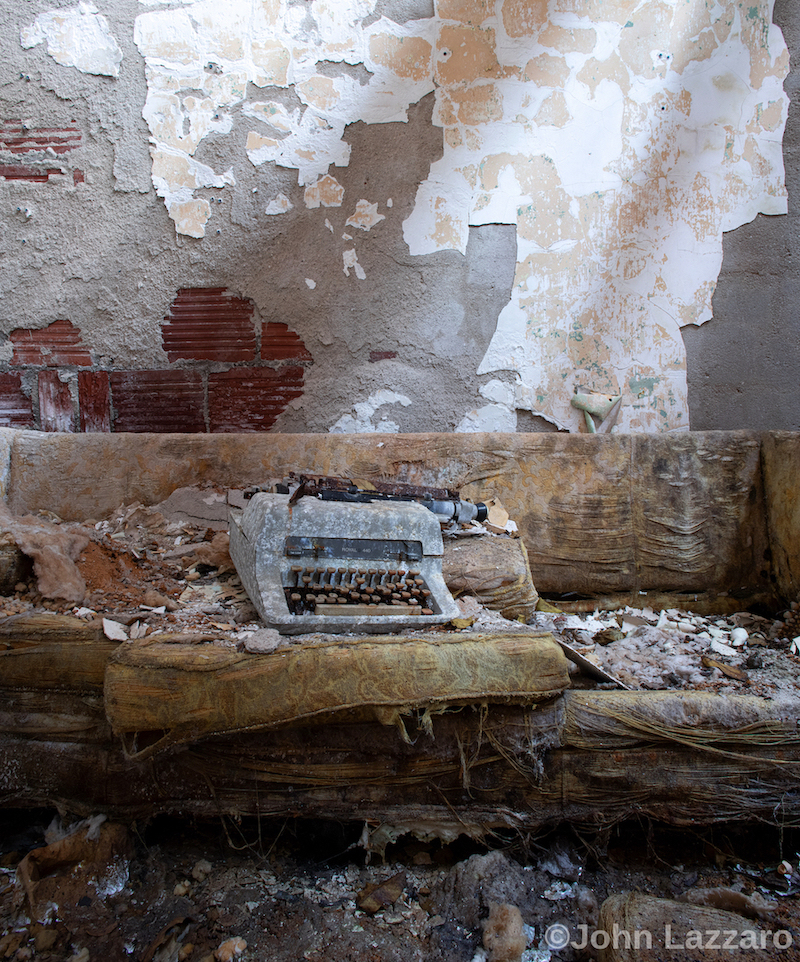
In addition to providing treatment for mental illness, the VMU established a robust occupational therapy program for veterans. This included the opening of a workshop and a pottery shop. Recreation programs included baseball games, weekly dances, access to a library, daily newspapers, magazines, and motion pictures. Hospital wards contained ping pong tables, billiards, shuffleboard, and other stimulating activities.

The Veterans Memorial Unit at Kings Park was not directly connected to the Veterans Administration. The VA however did have the power of inspection, since the VMU had several service-connected cases for care which were reimbursed by the federal government. The VA also monitored the expenditures of patients who received government funds. The hospital treated veterans until the 1970s when wards were opened to general patients.
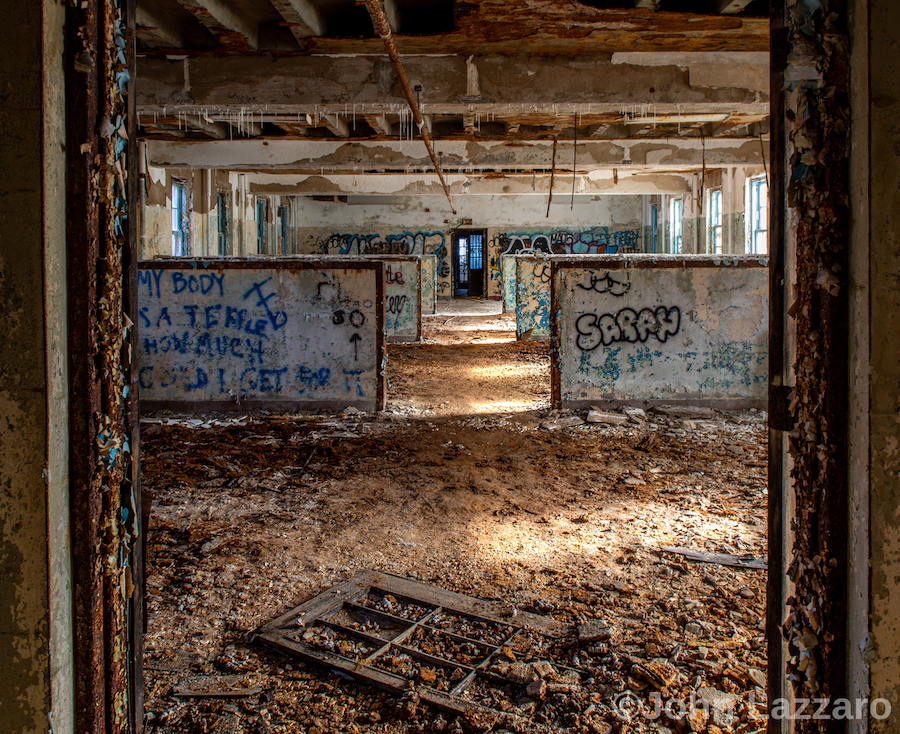
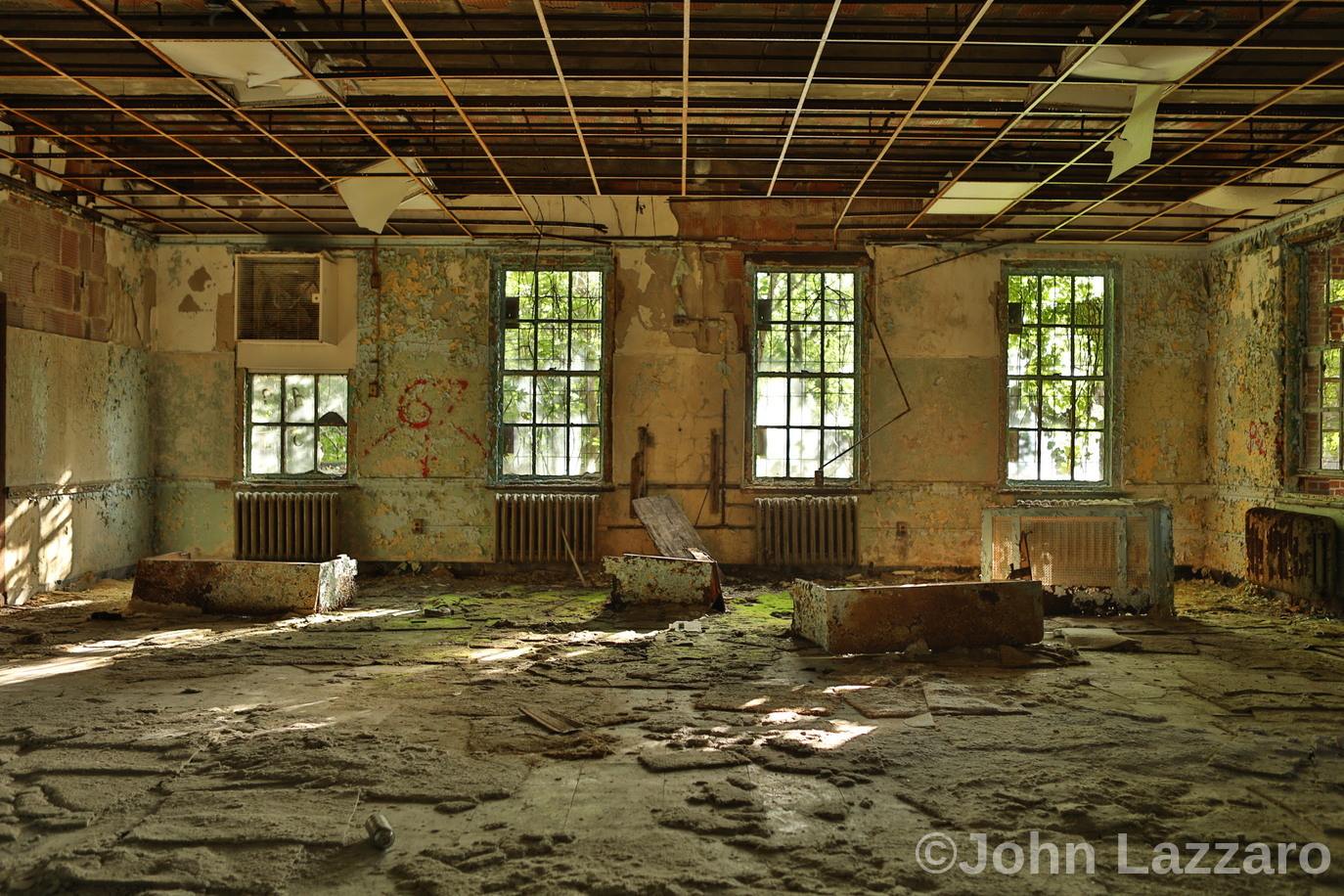
After closing in 1996, the VMU along with the rest of KPPC sat shuttered and abandoned. In 2000, New York State Governor George Pataki reopened the grounds as the Nissequogue River State Park. The land is legally protected from commercial and residential redevelopment. Today, many of the VMU buildings dating back to the 1920s now stand shuttered and decaying.
Join John Lazzarro, author of A Vanishing New York: Ruins Across the Empire State, for a live virtual talk where he’ll share abandoned sites of the Thousand Island Seaway and Central Regions of New York on May 8th! This talk is free for Untapped New York Insiders.
Next, check out Inside the Abandoned Saratoga County Hospital
Subscribe to our newsletter